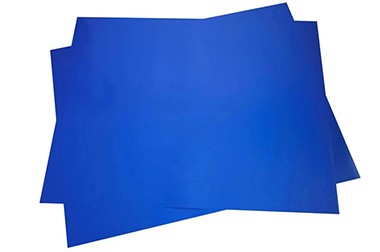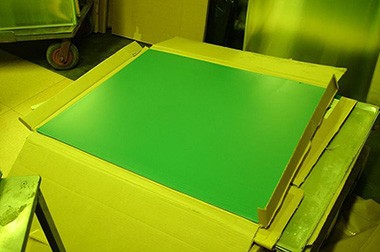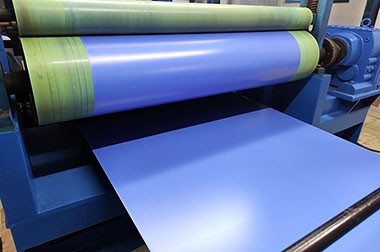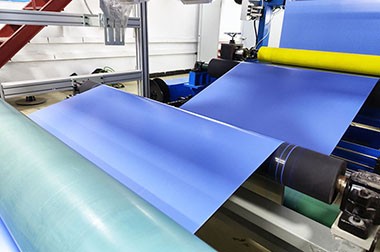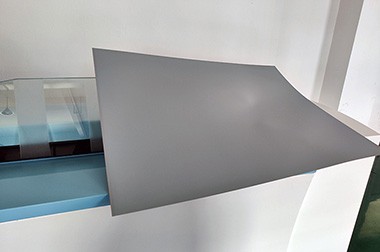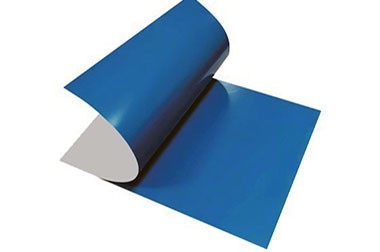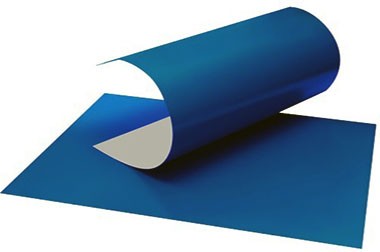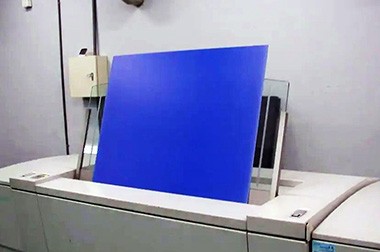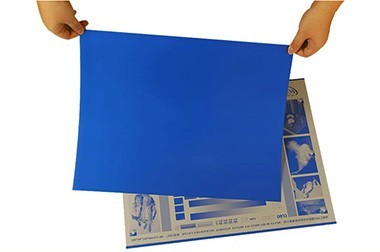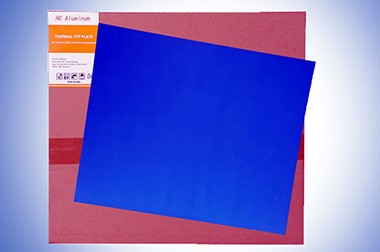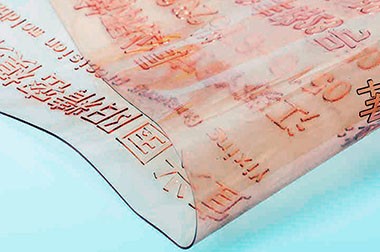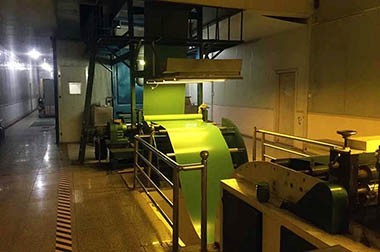1050 1052 1060 1070 Presensitized substrate for PS CTP plate
Feb. 28, 2025
Pre-sensitized plate substrates typically refer to materials that have been treated on the surface of aluminum alloy to enhance their corrosion resistance and adhesion properties.
The aluminum alloys 1050, 1052, 1060, and 1070 each have their unique advantages in pre-sensitized plate substrates. The choice of the appropriate aluminum alloy grade can be determined based on specific application requirements.
The pre-sensitized plate substrates made from 1050, 1052, 1060, and 1070 aluminum alloys are commonly used for photopolymer (PS) and computer-to-plate (CTP) printing plates.
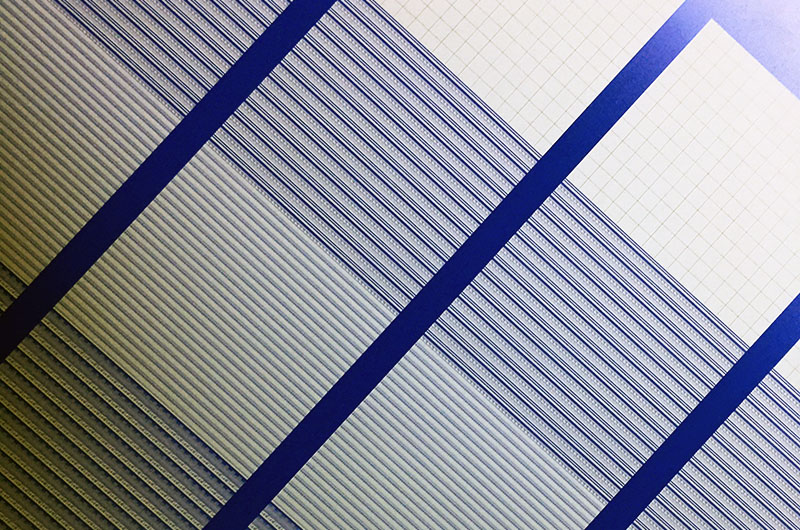
Characteristics of Pre-sensitized Plate Substrates
- 1. Corrosion Resistance: After special treatment, a protective film is formed on the surface, effectively resisting oxidation and corrosion.
- 2. Adhesion: Enhances the adhesion of coatings or adhesives, ensuring stability in subsequent processing and use.
- 3. Processability: Suitable for subsequent printing, coating, or other processing techniques.
The specifications of the Pre-sensitized plate substrate
| Alloy | Temper | Thickness (mm) | Width (mm) | Length (mm) | Coil ID (mm) |
| 1050, 1052, 1060, 1070 | H16, H18 | 0.13-1.50 | 500-1600 | 500-2000 | 150-510 |
1. 1050 Presensitized substrate for PS CTP plate
- Features: Basic PS plate, suitable for daily printing needs.
- Applications: General commercial printing, capable of meeting medium resolution image requirements.
- Performance: Good resistance to chemical agents, suitable for various developing methods.
2. 1052 Presensitized substrate for PS CTP plate
- Features: Upgraded version, with better resolution and printing results compared to 1050.
- Applications: Suitable for higher-demand printing projects, such as high-quality packaging printing.
- Performance: Strong adaptability to exposure and developing conditions, with good stability.
3. 1060 Presensitized substrate for PS CTP plate
- Features: Professional PS plate, designed for high-resolution printing.
- Applications: Used for detailed image and text printing, such as magazines and high-end promotional materials.
- Performance: Extremely high clarity and color reproduction capability, suitable for fine pattern printing.
4. 1070 Presensitized substrate for PS CTP plate
- Features: High-end PS plate, offering the best resolution and color performance.
- Applications: Premium printing, such as art reproductions and deluxe books.
- Performance: Excellent wear resistance and chemical stability, suitable for high-speed printing, ensuring efficient productivity.
The choice of PS CTP plate photopolymer substrate depends on specific printing needs and quality standards. Different models have their own focuses, allowing users to select the appropriate product based on project requirements to ensure optimal printing results.
The chemical composition of the Pre-sensitized plate substrate
| Element | Composition (%) | ||
| 1050 | 1060 | 1070 | |
| Aluminum (Al) | ≥99.5 | ≥99.6 | ≥99.7 |
| Silicon (Si) | 0.0-0.25 | 0.0-0.25 | 0.0-0.2 |
| Iron (Fe) | 0.0-0.4 | 0.0-0.35 | 0.0-0.25 |
| Copper (Cu) | 0.0-0.05 | 0.0-0.05 | 0.0-0.04 |
| Manganese (Mn) | 0.0-0.05 | 0.0-0.03 | 0.0-0.03 |
| Magnesium (Mg) | 0.0-0.05 | 0.0-0.03 | 0.0-0.03 |
| Zinc (Zn) | 0.0-0.05 | 0.0-0.05 | 0.0-0.04 |
| Titanium (Ti) | 0.0-0.03 | 0.0-0.03 | 0.0-0.03 |
| Vanadium (V) | 0.0-0.05 | 0.0-0.05 | 0.0-0.05 |
| Remainder (each) | 0.0-0.03 | 0.0-0.03 | 0.0-0.03 |
| Remainder (total) | - | - | - |
The mechanical properties of the Pre-sensitized plate substrate
| Alloy | Temper | Tensile strength (MPa) | Elongation A50mm(%) |
| ≥ | |||
| 1050, 1052, 1060, 1070 | H18 | 150 | 1 |
| H16 | 130-170 | 2 | |
Quality Requirements for PS CTP Plate Photopolymer Substrates
The quality requirements for PS CTP plates (Photopolymer Plates for Computer-to-Plate) are crucial factors in ensuring the quality of printed products, production efficiency, and cost-effectiveness.
1. Flatness
Standard Requirements:
The substrate surface should be flat and free of ripples to ensure that no printing defects occur during the printing process.
Appearance
2. Surface Smoothness
The surface should be smooth, free of noticeable scratches, bubbles, or other defects.
There should be no obvious stains or contamination; it must remain clean.
3. Color Uniformity
The color of the photosensitive layer should be uniform, with no color differences, ensuring consistent imaging results.
4. Chemical Stability
The 1050, 1052, 1060, and 1070 substrates should possess good chemical stability, able to withstand the corrosion of developing solutions, washout solutions, and other chemical agents. There should be no discoloration or deformation due to chemical reactions.
5. Abrasion Resistance
The substrate should have good abrasion resistance to withstand friction and wear during high-speed printing, extending its service life.
6. Physical Properties
Thickness Uniformity: The thickness of the substrate should be uniform to ensure even pressure distribution during the printing process and to prevent printing defects.
Flexibility: The substrate should possess a certain degree of flexibility to adapt to different types of printing machines and materials.
7. Thermal Stability
Thermal Deformation: The substrate should have good thermal stability, able to maintain its shape and performance in the high-temperature environment of the printing machine, preventing deformation and damage.
8. Adhesion
The adhesion between the photosensitive layer and the substrate should be strong to ensure that no delamination occurs during the developing and printing processes.
The finished product should have good abrasion resistance, able to withstand mechanical wear during the printing process.
Users viewing this material also viewed the following
Further reading: ctp platectp machinectp plate making machinecomputer to plate machinecomputer to platecomputer to plate ctpctcp platectp plates for offset printingctp printingcomputer to plate printingcomputer to plate systemsctcp plate making machinectcp printing platesctp computerctp computer to platectp computer to plate machinectp machine for printingctp offset machinectp offset printingctp offset printing platesctp plate machinectp printing platectp thermalctp thermal plateoffset ctpoffset printing ctp plateoffset printing plate making machineplate ctpplatesetter printingpositive thermal ctp platesmall ctp machinethermal ctpthermal ctp machinethermal ctp platethermal ctp systems



